A team of researchers using the Microsoft HoloLens mixed reality platform has created what is believed to be the first interactive holographic mapping system, e.
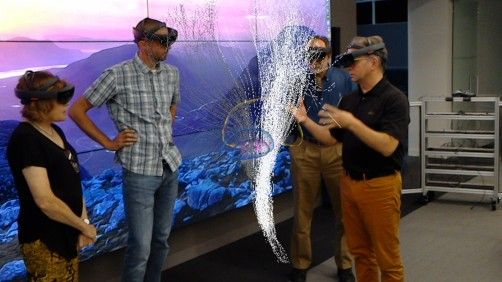

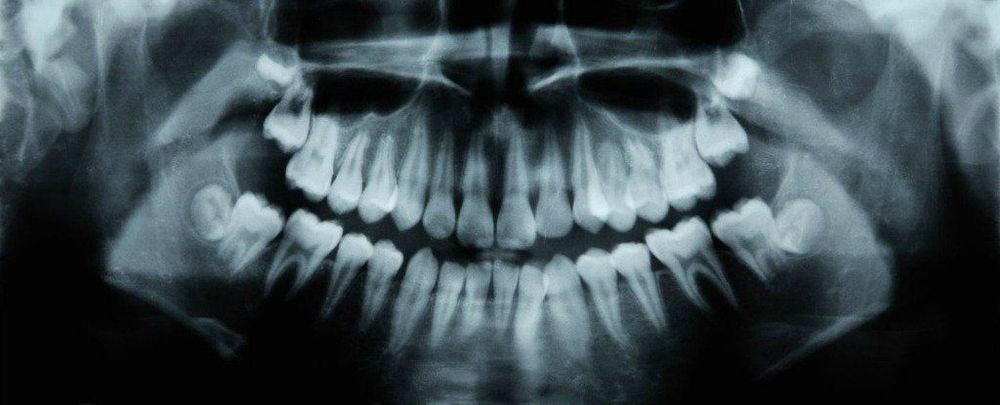
Circa 2018 o,.o!
Dental fillings may soon be left in the ash heap of history, thanks to a recent discovery about a drug called Tideglusib.
Developed for and trialled to treat Alzheimer’s disease, last year scientists found the drug also happens to promote the natural tooth regrowth mechanism in mice, allowing the tooth to repair cavities.
Tideglusib works by stimulating stem cells in the pulp of teeth, the source of new dentine. Dentine is the mineralised substance beneath tooth enamel that gets eaten away by tooth decay.

People who were children when their parents were divorced showed lower levels of oxytocin — the so-called “love hormone” — when they were adults than those whose parents remained married, according to a study led by Baylor University. That lower level may play a role in having trouble forming attachments when they are grown.
Oxytocin — secreted in the brain and released during bonding experiences such as delivery of a baby or sexual interaction or nursing, even being hugged by a romantic partner — has been shown in previous research to be important for social behavior and emotional attachments in early life. The oxytocin system also has been linked to parenting, attachment and anxiety.
The new study, published in the Journal of Comparative Psychology, delves into an area that has not been well researched — a link between oxytocin, early experience and adult outcomes.
“Since the rates of divorce in our society began to increase, there has been concern about the effects of divorce on the children,” said lead author Maria Boccia, Ph.D., professor of child and family studies at Baylor University in the Robbins College of Health and Human Sciences. “Most research has focused on short-term effects, like academic performance, or longer-term outcomes like the impact on relationships. How divorce causes these effects, however, is unknown.
“Oxytocin is a neurohormone that is important in regulating these behaviors and is also sensitive to the impact of stressful life events in early life,” she said. “This is a first step towards understanding what mechanisms might be involved.”
Previous studies of children whose parents were divorced have found that the experience was associated with mood disorders and substance abuse — behaviors found to be related to oxytocin, Boccia said. Additionally, such childhood experiences as divorce or death of a parent are associated with depression and anxiety in adolescents and adults, as well as with poorer parenting in adulthood, less parental sensitivity and warmth, overreaction and increased use of punishment.
Researchers in the Baylor study examined the effect of the experience of parental divorce in childhood on later adult oxytocin levels. They also asked participants to complete a set of questionnaires on attachment style and other measures.
“What we found was that oxytocin was substantially lower in people who experienced parental divorce compared to those who did not and correlated with responses on several measures of attachment,” Boccia said. “These results suggest that oxytocin levels are adversely affected by parental divorce and may be related to other effects that have been documented in people who experience parental divorce.”
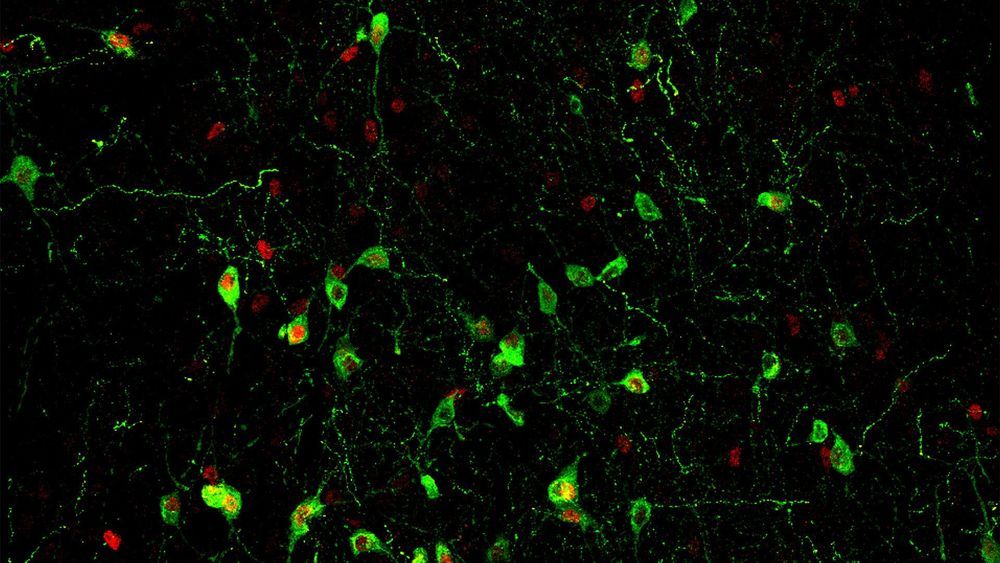
Scientists at Cold Spring Harbor Laboratory (CSHL) and Stanford University have pinpointed the circuit in the brain that is responsible for sleepless nights in times of stress—and it turns out that circuit does more than make you toss and turn. Their study, done in mice, ties the same neuronal connections that trigger insomnia to stress-induced changes in the immune system, which weaken the body’s defenses against a host of threats.
The study, reported September 9, 2020, in the journal Science Advances, connects and explains two familiar problems, says CSHL Assistant Professor Jeremy Borniger. “This sort of stress-induced insomnia is well known among anybody that’s tried to get to sleep with a looming deadline or something the next day,” he says. “And in the clinical world, it’s been known for a long time that chronically stressed patients typically do worse on a variety of different treatments and across a variety of different diseases.”
Like many aspects of the body’s stress response, these effects are thought to be driven by the stress hormone cortisol. Working in the Stanford lab of Luis de Lecea, where Borniger completed a postdoctoral fellowship prior to joining CSHL, the research team found a direct connection between stress-sensitive neurons in the brain that trigger cortisol’s release and nearby neurons that promote insomnia.
… The same connection, they found, also has a potent effect on the immune system. Stress significantly disrupts the abundance of certain immune cells in the blood, as well signaling pathways inside them, and the team was able to recreate these changes simply by stimulating the same neurons that link stress to insomnia.
Understanding this circuitry opens the door to a deeper understanding of the consequences of stress, not just in healthy individuals but also in disease, Borniger says:
“I’m really interested in how we can manipulate distinct circuits in the brain to control not just the immune system at baseline, but in disease states like inflammatory bowel disease or in cancer or in psoriasis—things that are associated with systemic inflammation. Because if we can understand and manipulate the immune system using the natural circuitry in the body rather than using a drug that hits certain targets within the system, I think that would be much more effective in the long run, because it just co-opts the natural circuits in the body.”
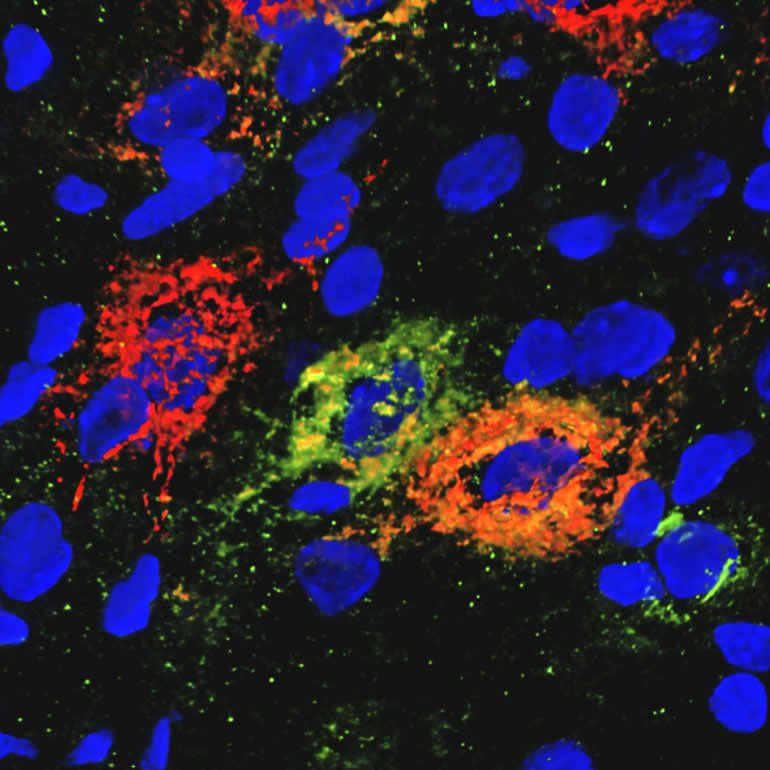
Summary: Researchers demonstrate how a single injection of fibroblast growth factor 1 (FGF1) can restore blood sugar levels to normal for extended periods in rodent models of type 2 diabetes. Studies show how FGF1 affects specific neurons and perineuronal nets to help restore blood sugar levels to normal, thus sending diabetes into remission.
Source: UW Health
In rodents with type 2 diabetes, a single surgical injection of a protein called fibroblast growth factor 1 can restore blood sugar levels to normal for weeks or months. Yet how this growth factor acts in the brain to generate this lasting benefit has been poorly understood.
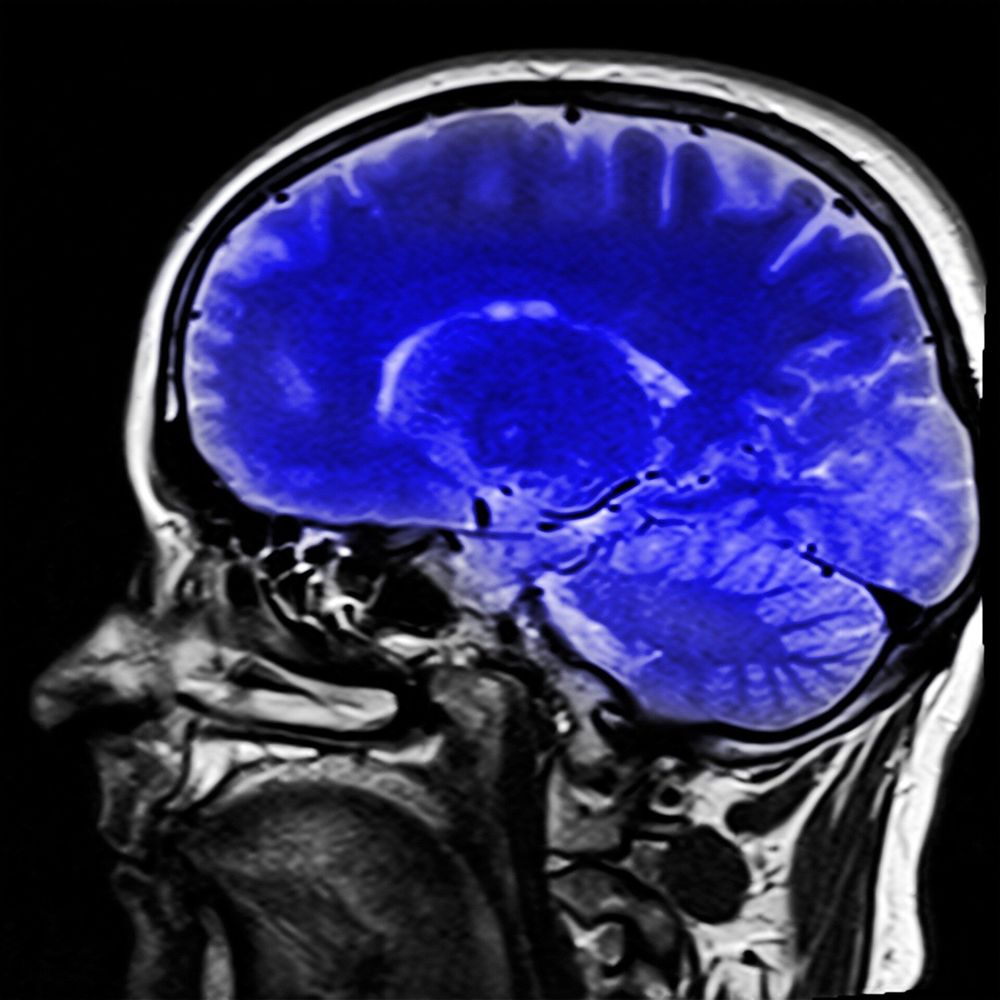
Research carried out by a University academic has shed new light on the fundamentals of how, and why, we make the decisions we do.
In two separate studies, UKRI Future Leader Fellow and Lecturer in Psychology, Dr. Elsa Fouragnan has used her expertise in functional magnetic resonance imaging (fMRI) and computational analysis to discover exactly what happens in the brains of human and non-human primates when certain kinds of decisions are made in different contexts. Both pieces of work were carried out in collaboration with researchers at the University of Oxford’s Department of Experimental Psychology.
The first, published in Nature Communications, explores how and where the brain encodes a memory of the general reward rate in an environment, what the team describes as the ‘richness’ of the context in which decisions are made.
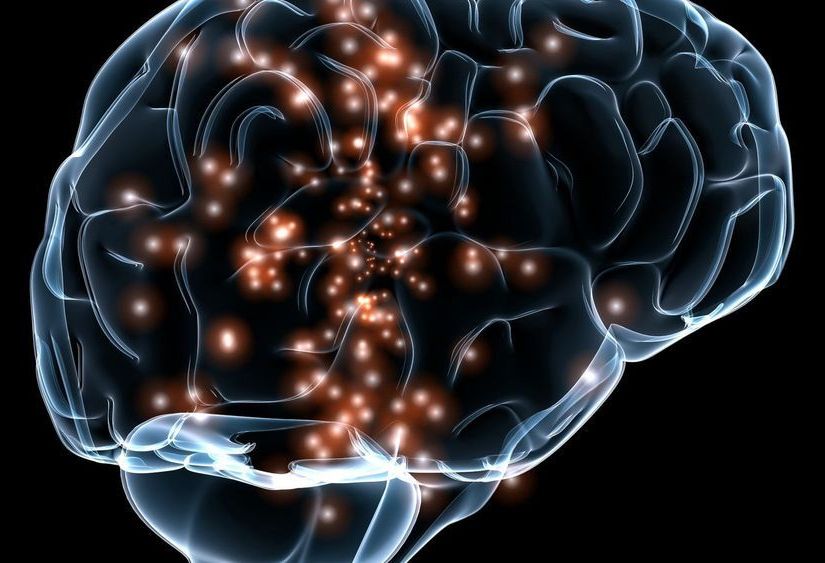
Circa 2014 o,.o.
The Defense Advanced Research Projects Agency, or DARPA, has announced the start of a five-year, $26 million effort to develop brain implants that can treat mental disease with deep-brain stimulation.
The hope is to implant electrodes in different regions of the brain along with a tiny chip placed between the brain and the skull. The chip would monitor electrical signals in the brain and send data wirelessly back to scientists in order to gain a better understanding of psychological diseases like Post-Traumatic Stress Disorder (PTSD). The implant would also be used to trigger electrical impulses in order to relieve symptoms.
DARPA has chosen two teams that will pursue different approaches. A team from the University of California San Francisco will use direct recording, stimulation, and therapy to take advantage of the brain’s plasticity. Circuits that appear to drive pathology would be rewired, and eventually the patient could remove the implants.
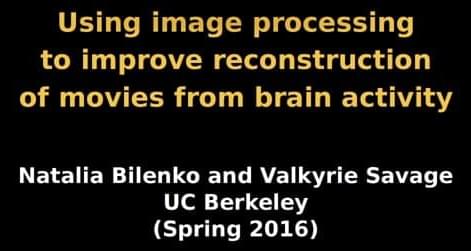
He was also scared because the experiment showed, in a concrete way, that humanity was at the dawn of a new era, one in which our thoughts could theoretically be snatched from our heads. What was going to happen, Dr. Gallant wondered, when you could read thoughts the thinker might not even be consciously aware of, when you could see people’s memories?
Brains are talking to computers, and computers to brains. Are our daydreams safe?
Credit… By Derrick Schultz

Women with Alzheimer’s disease tend to live longer than men with the disease — and a new study suggests that a gene on the X chromosome may help explain why.
Each person typically has one pair of sex chromosomes in each cell of their body. People assigned female at birth typically have two X chromosomes, while people assigned male at birth typically have one X chromosome and one Y chromosome.
Researchers say a gene called KDM6A may explain why women with Alzheimer’s disease tend to live longer than men with the same condition.
